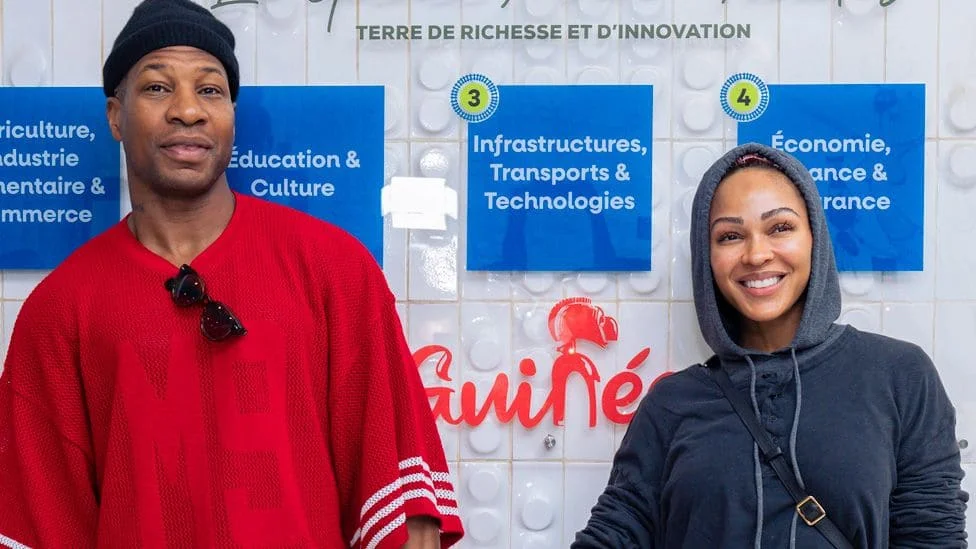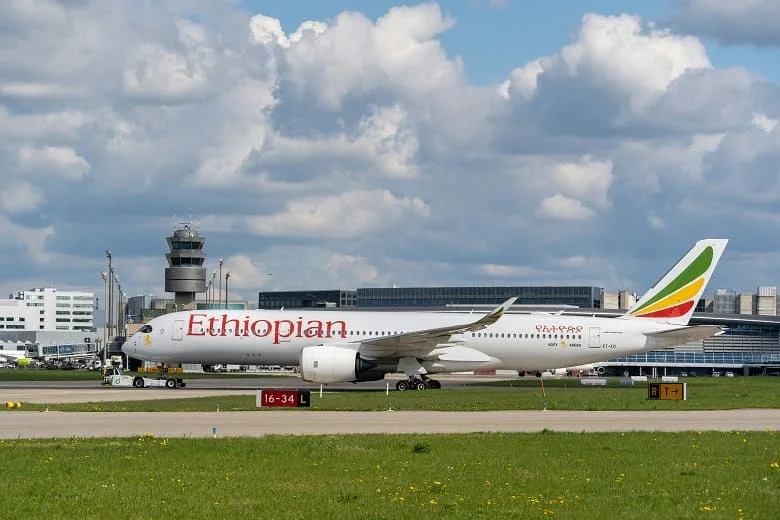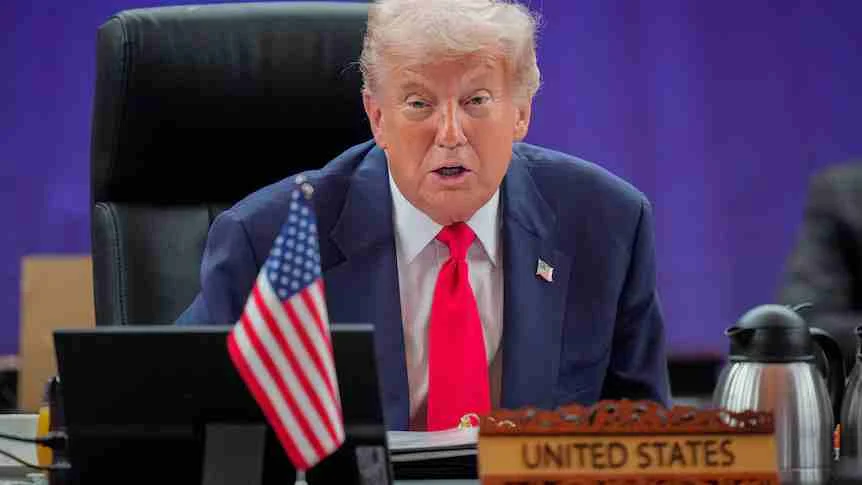As of January 2022, Africa received only 540 million of the 9 billion COVID-19 vaccine doses produced globally, about 6% despite housing 17% of the world’s population, per WHO. With 309 million doses administered, less than 10% of Africans were fully vaccinated, leaving 1.2 billion unvaccinated, per Africa CDC. At this rate, many African nations faced delays until 2023, risking new variants like Delta, per.
Epidemiological and Economic Risks
Vaccine inequality threatens global health, as unvaccinated populations foster mutations, per WHO. Africa’s low vaccination rate, driven by reliance on imports (99% of vaccines), made it a potential COVID-19 epicenter, per. Sub-Saharan Africa faced 3% GDP losses from 2022–2025 due to slow vaccination, per The Economist. With 23% of global disease burden but only 1% of healthcare goods consumption, Africa’s health financing gap, 44% government-funded, widened, per World Bank.
COVAX and AVATT Efforts
COVAX, launched by WHO and Gavi, delivered 1.6 billion doses to low-income countries by January 2022, but Africa received far fewer than needed, per. G7 nations held over 1.2 billion surplus doses, yet transfers to COVAX lagged, per. The African Vaccine Acquisition Task Team (AVATT), pooling resources for 55 African Union states, secured 400 million doses by late 2021, but distribution remained uneven, per.
Push for Local Manufacturing
Africa’s 1% vaccine production capacity spurred the Partnerships for African Vaccine Manufacturing (PAVM), launched in April 2021, aiming for 60% local production by 2040, per. The African Medicines Agency (AMA), established in November 2021, harmonizes regulations with AMRH and AVAREF to ensure quality, per. WHO’s mRNA tech transfer hub in South Africa, led by Afrigen Biologics, supports countries like Algeria and Senegal, but $10 billion is needed for infrastructure, per.
Critical Analysis
Africa’s dependence on COVAX and donations reflects a flawed global system, with 60–80% vaccination rates in wealthier nations, per. Misinformation, affecting 30% of Africans, and weak cold chains (80% of facilities lack ultra-cold storage) hindered uptake, per Afrobarometer. PAVM’s 2040 goal faces hurdles: only 27 countries ratified AMA’s treaty, and high capital costs (40–70% above India) deter investment, per. The EU’s $1 billion MAV+ initiative risks prioritizing foreign firms, as seen with BioNTech’s Rwanda facility, per.
Path Forward
Western nations must transfer surplus vaccines to COVAX and AVATT, ensuring equitable distribution, per. Africa needs $5.7 billion to upgrade cold chains and train 100,000 health workers, per UNICEF. AMA must accelerate regulatory harmonization, with only Egypt and South Africa at WHO’s maturity level 3, per. Local manufacturing, backed by AfCFTA’s trade facilitation, could add $4 billion to GDP and 12,500 jobs by 2040, per. Without global cooperation, Africa’s health security and economic stability remain at risk.






